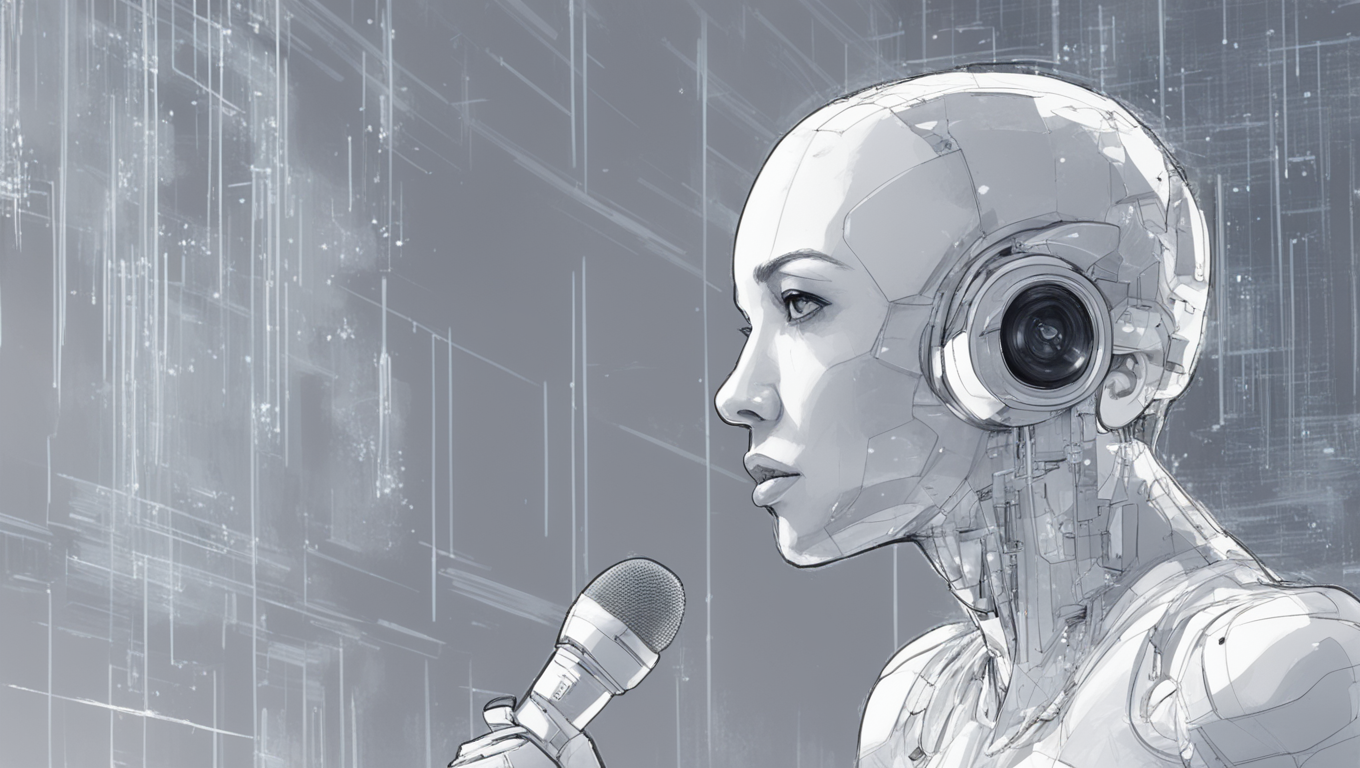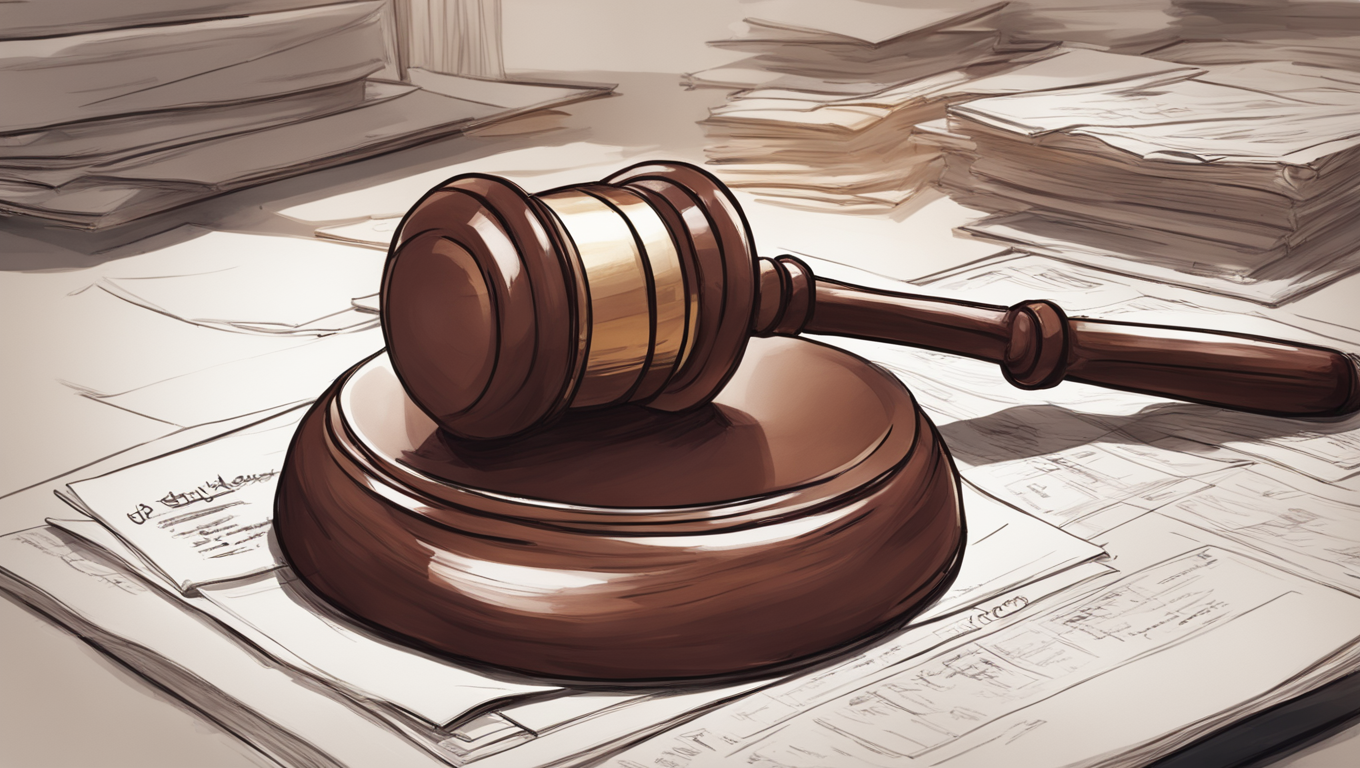Imagine a world where the static images around us simmer with untapped conversations, where each photograph invites us into a dialogue brimming with insight. That world is fast becoming our reality, with the advent of ChatGPT’s groundbreaking vision feature. Just this week, the whispers of revolution turned into a full-throated chorus as OpenAI ushered in a new era where their chatbot doesn’t just read text but can engage with a plethora of visuals.
This isn’t merely about a computer recognizing patterns; it’s about infusing AI with a near-human level of understanding. Picture this: a snapshot from ‘Pulp Fiction’ now offers a gateway to a historical exploration as profound as the discussions it has inspired in cinemas and living rooms. “@skalskip92 blazed a trail by uploading a screenshot. ChatGPT did not just recognize the iconic duo of Travolta and Jackson but unfolded the film’s storied past and even its IMDB rating,” OpenAI narrates on their blog.
But the applications of this technology extend beyond leisure. Think of AI as the new-age tutor. McKay Wrigley’s demonstration where a human cell diagram turned into an educational dialogue is nothing short of remarkable. Even basic math worksheets are now within the realm of ChatGPT’s capabilities. “Kids will never do homework again,” quipped writer Peter Yang in a tweet aptly summarizing the imminent paradigm shift in education.
From the gridiron to the study table, every sphere is touched by this innovation. “In honor of football season,” Create Labs’ Abran Maldonado shared two football game snapshots, leading to a stream of coaching tips. “This will forever change coaching and sports analytics,” Maldonado envisioned. Indeed, the ramifications for training and development in sports could be transformative.
Let’s venture now into the realm of creators and engineers. Whiteboard diagrams evolve into lines of code, sketches transform into sharp websites with merely the upload of a photo – Wrigley’s sharing of such examples has sparked the imagination of countless developers.
A more mundane, yet equally impactful feature involves everyday conundrums such as adjusting a stubborn bicycle seat. OpenAI shows us that with a photo and a few exchanges, anyone could accomplish the task with robotic precision. Ethan Mollick reveals ChatGPT could even extend its role to being an amateur photographer’s guide, teaching the intricacies of framing and lighting through an uploaded photo.
This feature even has a practical edge, as it can navigate the complex waters of urban parking regulations. Yang’s tweet about evading parking tickets by interpreting signs through ChatGPT’s eyes may just be a small preview of everyday inconveniences being rendered obsolete.
For the artistically inclined, ChatGPT offers a bridge between visual art and verbal analysis as it articulates the narrative behind a four-panel cartoon for Schirano, teasing out the deeper meaning within each frame.
ChatGPT’s prowess also lends hope in deciphering the labyrinth of handwritten notes — a development Mollick anticipates will be “a big deal for a number of academic fields”.
But perhaps the most universally relatable victory of this AI is its ability to tackle the age-old question — “Where’s Waldo?” Schirano’s experiment concluded with a triumphant “I found him!” from ChatGPT, pointing to the future where even the most elusive characters in our visual puzzles stand little chance of remaining hidden.
In this tapestry of advancements, what we witness isn’t just an improved tool; it’s the embodiment of a technological leap. As the AI seamlessly weaves in and out of various facets of life, we stand on the threshold of a world redefined by intelligent interaction. The boundary between the digital intellect and the analog universe is blurring, and it’s becoming vividly clear that AI’s vision, courtesy of OpenAI, is much more than meets the eye.





Use the share button below if you liked it.